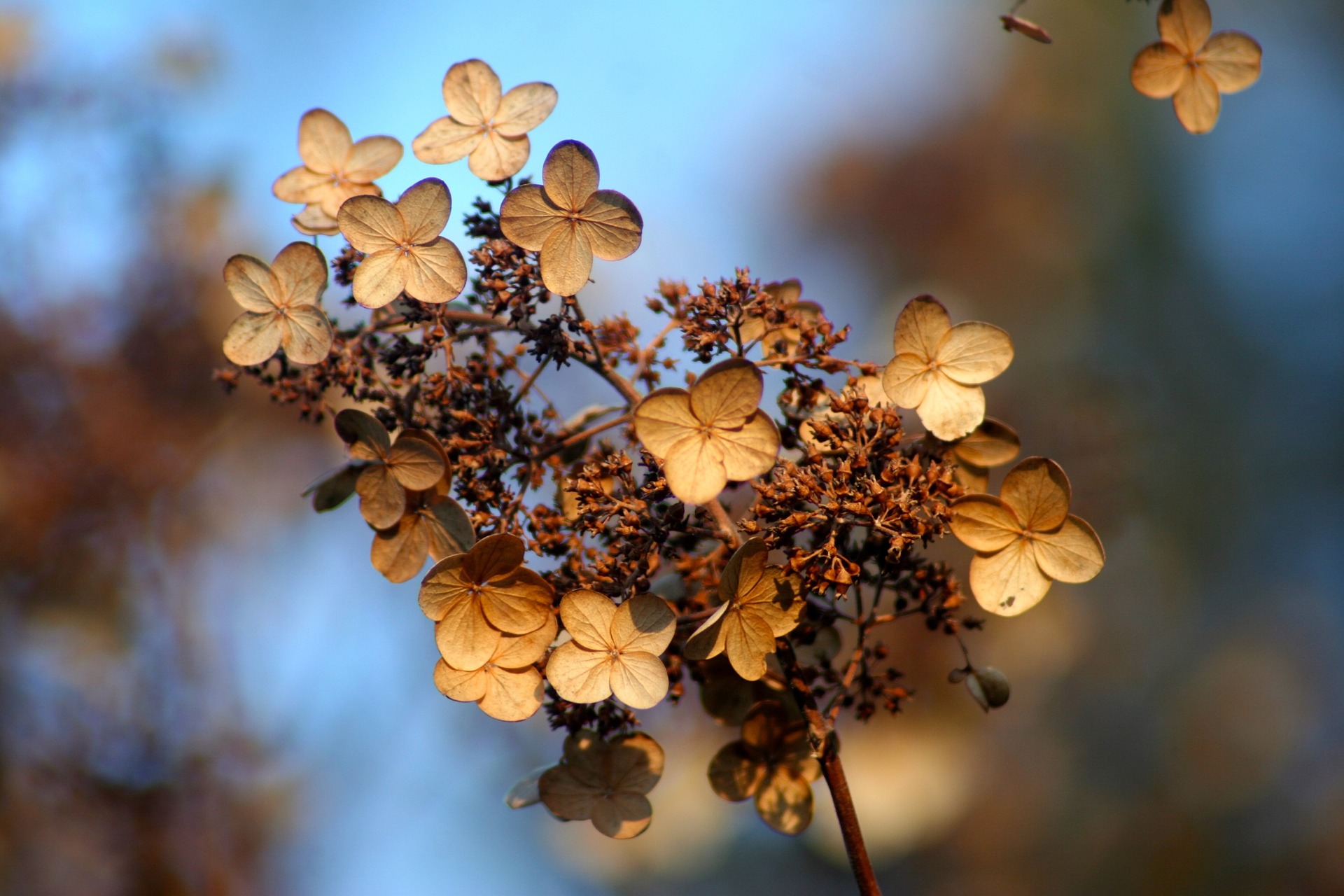The Ultimate Guide To Transplanting Hydrangeas In Fall
The Ultimate Guide to Transplanting Hydrangeas in Fall
Hydrangeas are beautiful and versatile plants that can add a pop of color to any garden. They are relatively easy to care for, but they do require some special attention when it comes to transplanting. If you are thinking about moving your hydrangeas, the fall is the best time to do it.
Here is a step-by-step guide on how to transplant hydrangeas in the fall:
- Choose the right time. The best time to transplant hydrangeas is in the fall, after the leaves have fallen and the plant has gone dormant. This will give the plant time to establish its roots in its new location before the next growing season.
- Prepare the new location. The new location should have well-draining soil that is rich in organic matter. If your soil is not ideal, you can amend it with compost or other organic matter. The new location should also receive partial shade.
- Dig the hole. The hole should be twice as wide as the root ball of the hydrangea and just as deep.
- Remove the hydrangea from its current location. Use a spade or shovel to carefully dig around the hydrangea, being careful not to damage the roots. Once the hydrangea is free, place it on a tarp or sheet to protect it from the dirt.
- Loosen the roots. Once the hydrangea is out of the ground, use your fingers to loosen the roots. This will help the plant establish itself in its new location.
- Place the hydrangea in the hole. Center the hydrangea in the hole and make sure that the top of the root ball is level with the surrounding soil.
- Backfill the hole. Fill the hole with soil, tamping it down gently as you go.
- Water the hydrangea thoroughly. Give the hydrangea a good soaking with water.
- Mulch around the hydrangea. Apply a layer of mulch around the hydrangea, such as bark chips or pine needles. This will help to retain moisture and suppress weeds.
Fall is the perfect time to transplant hydrangeas. The weather is cooler, the ground is still soft, and the plants are dormant, which means they are less likely to go into shock. If you're thinking about transplanting your hydrangeas this fall, here are a few tips:
- Choose a sunny or partially shaded location with well-drained soil. Hydrangeas prefer moist soil, but they don't like to sit in water.
- Dig a hole that is twice as wide as the root ball of your hydrangea.
- Gently loosen the roots of your hydrangea and place it in the hole.
- Backfill the hole with soil, tamping it down gently.
- Water your hydrangea thoroughly.
For more detailed instructions on how to transplant hydrangeas in fall, visit this website: https://www.gardeningknowhow.com/ornamental/shrubs/hydrangea/transplanting-hydrangea-bushes.htm.
FAQ of transplanting hydrangeas in fall
- Q: When is the best time to transplant hydrangeas in fall?
A: The best time to transplant hydrangeas in fall is when they are dormant, which is usually after most of the leaves have fallen off. This is because the plant is not actively growing, so it will be less stressed by the transplant. In most areas, this time frame is late October to early November.
- Q: How do I prepare my hydrangeas for transplanting?
A: Before you transplant your hydrangeas, you will need to prepare them by digging them up carefully with as much of the root ball as possible. You can also trim back any dead or damaged roots. Once the hydrangeas are dug up, you can soak them in a bucket of water for a few hours to help rehydrate the roots.
- Q: How deep should I plant my hydrangeas?
A: When planting your hydrangeas, you should plant them at the same depth that they were originally planted. You can use a garden hose to mark the depth of the existing hole before you start digging.
- Q: How much water do hydrangeas need after transplanting?
A: Hydrangeas need to be watered regularly after transplanting, especially during the first few weeks. Water the hydrangeas deeply, so that the water reaches the roots. You may need to water them several times a week, depending on the weather.
- Q: What are some tips for transplanting hydrangeas in fall?
A: Here are some tips for transplanting hydrangeas in fall:
* Choose a day when the weather is cool and overcast.
* Transplant in the morning or evening, when the temperatures are cooler.
* Water the hydrangeas well before you start digging.
* Be careful not to damage the roots when you are digging.
* Plant the hydrangeas at the same depth that they were originally planted.
* Water the hydrangeas deeply after planting.
Image of transplanting hydrangeas in fall
- Image 1: A person digging up a hydrangea plant from the ground. The hydrangea is in full bloom, with large, pink flowers.

- Image 2: A person carefully loosening the roots of the hydrangea plant. The roots are a deep brown color.
- Image 3: A person transplanting the hydrangea plant into a new hole. The hole is filled with fresh soil.

- Image 4: A person watering the newly transplanted hydrangea plant. The hydrangea leaves are a deep green color.

- Image 5: A hydrangea plant in full bloom in its new location. The hydrangea is a different color than the one that was dug up, indicating that it is a different variety.
Post a Comment for "The Ultimate Guide To Transplanting Hydrangeas In Fall"